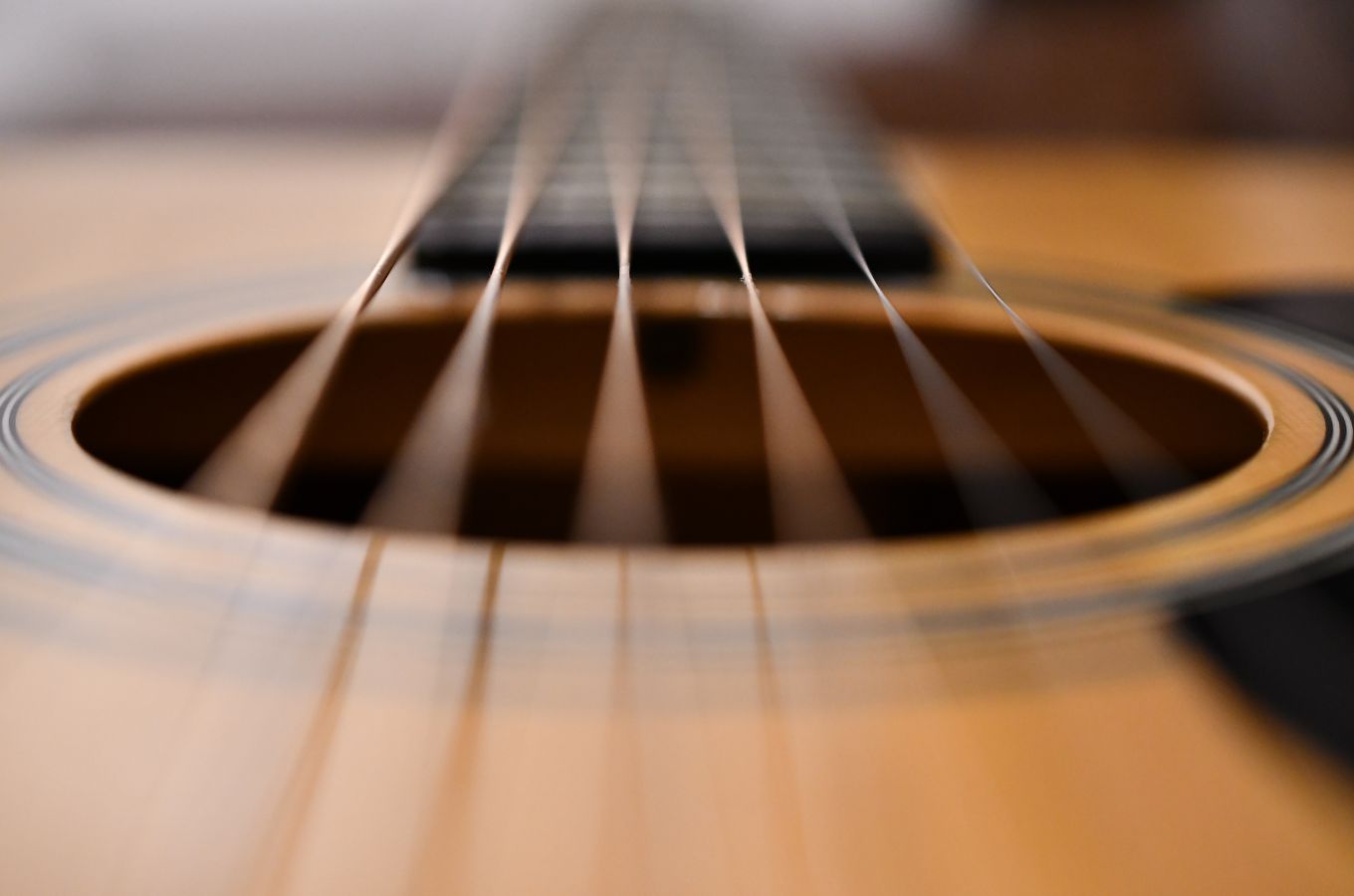What Is Roots Music?

Photo by Kristi Xhelili via Getty Images
“Roots music” is often used to describe different styles of American music. The mind jumps to the American South, or to the folk lyricism of acoustic artists like John Prine or (the Minnesotan) Bob Dylan. That is not completely wrong, though it is important to first distinguish between roots music and American roots music.
Roots music anywhere is born from different cultures and their realities and hardships: folk traditions joined with the attitude of a certain time and demographic. The origins of American roots music lie in a mixture of early European and African culture and history, both in lyrical content and in musical style and form.
Like a thick-trunked tree, the roots tradition boasts many gnarled branches that dip and curl through cultural history and burgeoning genres. Early American roots music and its bluesy compositions had an indelible effect on the development of jazz, R&B, and rock. Combining the honesty of folk lyricism and the gritty power of blues-influenced rock instrumentation, artists like John Mellencamp and Uncle Tupelo set the alt-country movement in motion. (Especially in its early years, the alt-country genre was sometimes called “No Depression” after the Carter Family song Uncle Tupelo famously covered, a term that gave this very roots music magazine its focus and its name.)
As contemporary musicians look back on both the early days of American roots music and the folk revival of the 1960s for inspiration, the root network continues to grow. Some newer roots artists, such as Adrianne Lenker of Big Thief, Jake Blount, or the Irish-inflected music of Rhiannon Giddens, bear a stronger resemblance to that older sound than others. More complex permutations like fusion jam band Snarky Puppy still fall under that roots music categorization as they embrace the breadths of traditions in their massive repertoire. Perhaps you’ve been listening to a roots music album without even knowing. The influence of roots music is almost gravitational — the force may lessen with distance as the sound grows and changes with time, but that central pull remains.
A browse through No Depression’s website or quarterly journal gives a good view of the wide roots music landscape, as does a look at the lineups from previous FreshGrass Festivals, presented by No Depression’s publisher, the FreshGrass Foundation. Along with big names in roots music such as Mavis Staples, Brandi Carlile, Punch Brothers, Indigo Girls, and Taj Mahal, other featured acts over the past decade of festivals have included Irish bodhrán player Liam Ó Maonlaí, Vieux Farka Touré (son of world-renowned guitarist Ali Farka Touré), and bhangra band Red Baraat.
On the band’s website, Red Baraat frontman and dhol player Sunny Jain offers insight on the universality of his group and their music, referencing “Zindabad,” one of the band’s most popular songs, and in doing so providing a more contemporary definition of roots music: “There’s ‘Zindabad,’ which means ‘long live’ in Hindi. In that song, we’re saying that we celebrate life, we celebrate devotion — but we also celebrate agitation and revolution. If we can unite people of all backgrounds and ethnicities to partake in the exuberance of life through the universal language of music, then life is that much sweeter.”




